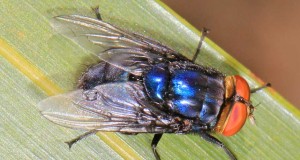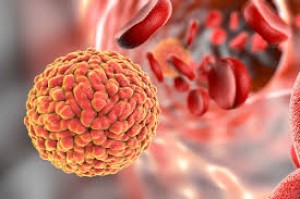Microchipping Your Pet

A microchip is a small, electronic chip enclosed in a glass cylinder that is about the same size as a grain of rice. The microchip itself does not have a battey; it is activated by a scanner that is passed over the area, and the radiowaves put out by the scanner activate the chip. The chip transmits the identification number to the scanner, which displays the number on the screen. The microchip itself is also called a transponder.
The microchips presently used in pets only contain identification numbers. No, the microchip is not a GPS device and cannot track your animal if it gets lost. Although the present technology microchip itself does not contain your pet's medical information, some microchip registration databases will allow you to store that information in the database for quick reference.
Some microchips used in research laboratories and for microchipping some livestock and horses also transmit information about the animal's body temperature. The frequency of a microchip actually refers to the frequency of the radiowave given off by the scanner that activates and reads the microchip. Examples of microchip frequencies used in the U.S. include 125 kiloHertz (kHz), 128 kHz, and 134.2 kHz. The International Standards Organization, or ISO, has approved and recommended a global standard for microchips. The global standard is intended to create an identification system that is consistent worldwide. For example, if a dog was implanted with an ISO standard microchip in the U.S. travels to Europe with its owners and becomes lost, the ISO standard scanners in Europe would be able to read the dog's microchip. If the dog was implanted with a non-ISO microchip and the ISO scanner was not forward- and backward-reading (universal), the dog's microchip might not be detected or be read by the scanner. The ISO standard frequency is 134.2 kHz. Forward-reading scanners only detect 134.2 kHz (ISO standard) microchips, but will not detect 125 kHz or 128 kHz (non-ISO standard) microchips. Universal scanners, also called forward- and backward-reading scanners, detect all microchip frequencies. The main advantage of universal scanners is the improved chances of detecting and reading a microchip, regardless of the frequency. It also eliminates the need for multiple scanners with multiple frequencies.
At this time, there is not a central database in the U.S. for registering microchips; each manufacturer maintains its own database (or has it managed by someone else). Because the ISO standards for identification codes have not been adopted in the U.S., the microchips must be registered with their individual registries. Fortunately, microchip scanners display the name of the microchip's manufacturer when the microchip is read. Therefore, the likelihood that an animal cannot be identified from its microchip number is very low; that is, unless your pet's microchip has not been registered or the information is not accurate.
In 2009, the American Animal Hospital Association launched their Universal Pet Microchip Lookup Tool (www.petmicrochiplookup.org), which provides a listing of the manufacturer with which the microchip's code is associated as well as if the chip information is found in participating registries. The database does not provide owner information for the microchip; the user must contact the manufacturer/database associated with that microchip. A number of free microchip databases have been launched over the past few years, but many of these databases are not tied directly to the manufacturers' databases. Fortunately, some of these databases are integrated into the AAHA Universal Pet Microchip Lookup Tool. Any database with which you register your pet's microchip needs to be regularly updated, and the critical database to keep up-to-date is the one maintained by the microchip manufacturer.
Once your pet is microchipped, there are only three things you need to do: 1) make sure the microchip is registered; 2) ask your veterinarian to scan your pet's microchip at least once per year to make sure the microchip is still functioning and can be detected; and 3) keep your registration information up-to-date. If you've moved, or if any of your information (especially your phone number) has changed, make sure you update your microchip registration in the manufacturer's database as soon as possible.
Source: AVMA (American Veterinary Medical Association)
Date Added: April 17, 2017
Dr. William B. Ley DVM, MS, DACT Articles
Related Links
Allowed: 64M/67108864KB.
Current: 5517KB. Peak: 5587KB.
























